Context:
Recently, a 62-years-old woman approached senior administrative officials seeking permission for euthanasia on failing to remove illegal possession from her property.
About Euthanasia:
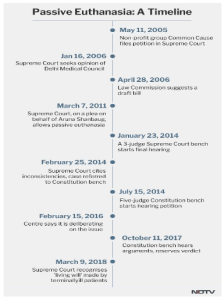
Types of Euthanasia:
Indian Judiciary on Euthanasia:
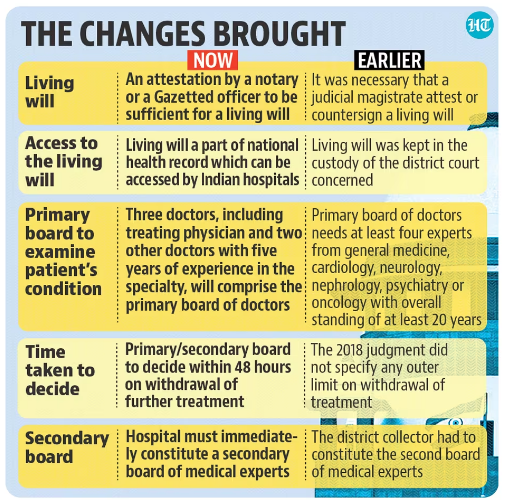
Image Credits: Hindustan Times
Customary Religious Practices:
Global Trends:
| Arguments for Euthanasia | Arguments against Euthanasia |
|
|
Institutional Recommendations:
Way Forward:
| Additional Information:
Suicide v/s Euthanasia:
Does the Right to Live under article 21 of the Indian Constitution include the Right to Die too?
|
News Source: TOI
Context: Union Power Ministry aims to raise around ₹15,000 crore through asset monetization in FY24.
About Asset Monetization:
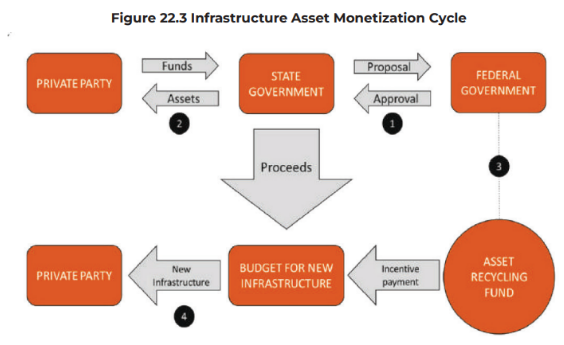
Asset Monetisation Models:
Advantages of Asset Monetisation:
Asset Monetization in India:
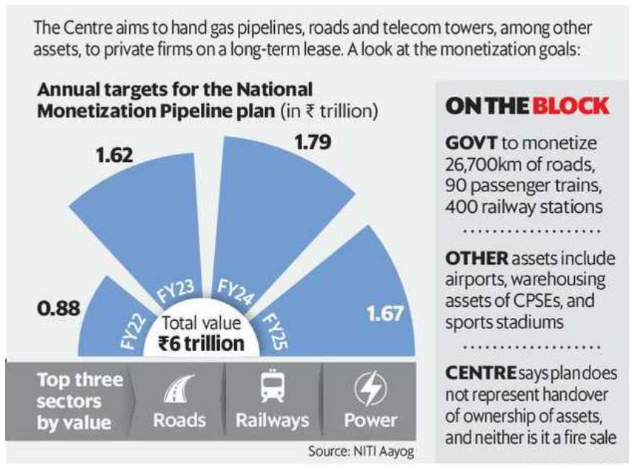
Advantages of the National Monetization Pipeline (NMP):
Challenges Regarding Asset Monetisation:
Way Forward:
News Source: Livemint
Context:
Recently, the first meeting of the Global Gibbon Network (GGN) was held in Haikou, China which discussed the conservation status of India’s only ape.
About Hoolock Gibbon:
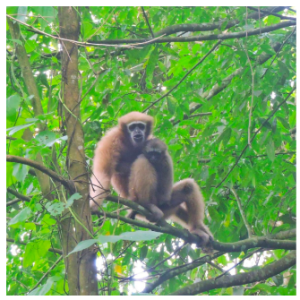
| Western Hoolock Gibbon | Eastern Hoolock Gibbon |
|
|
Study on Gibbons:
About Global Gibbon Network (GGN):
News Source: The Hindu
Recently, the Supreme Court (SC) Stated that all accused have a ‘Right to silence’ and investigators cannot force them to speak up or admit guilt as emphasising that the Constitution accords every person a right against self-incrimination.
Supreme Court’s observations on the Right to Silence:
Constitutional Provisions:
Supreme Court Rulings:
News Source: The Hindustan Times
Context:
A 2023 survey by Thales Cloud Security revealed that in India, 68% of businesses consider more than 40% of their cloud-stored data as sensitive.
About Cloud Storage:
Challenges Associated with Cloud Storage:
Way Forward:
News Source: The Hindu
Context:
Key Points:
What is a free trade agreement (FTA)?
What Are the Types of Trade Agreements?
Rules of origin:
Rules of origin (ROO) are used:
Provision of RO in GATT:
Concept of Most-Favoured-Nation (MFN):
The MFN concept requires countries that are part of the World Trade Organisation to accord the most favourable tariff and regulatory treatment given to the products or services of any one member at the time of import or export of “like products” to all other members.
News Source: Indian Express
Context:
About Economic and Financial Dialogue(EFD):
G20:
News Source: pib
Context:
Key Points:
Project Cheetah:
Asiatic Cheetah:
Comparison From African Cheetah:
News Source: pib
SC Verdict on Newsclick Shows Adherence to Due Pro...
Stay Invested: On Chabahar and India-Iran Relation...
Credit Rating Agencies, Impact on India’s De...
Catapulting Indian Biopharma Industry
Globalisation Under Threat, US Import Tariffs Have...
Global Report on Hypertension, Global Insights and...
<div class="new-fform">
</div>
